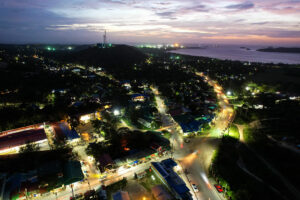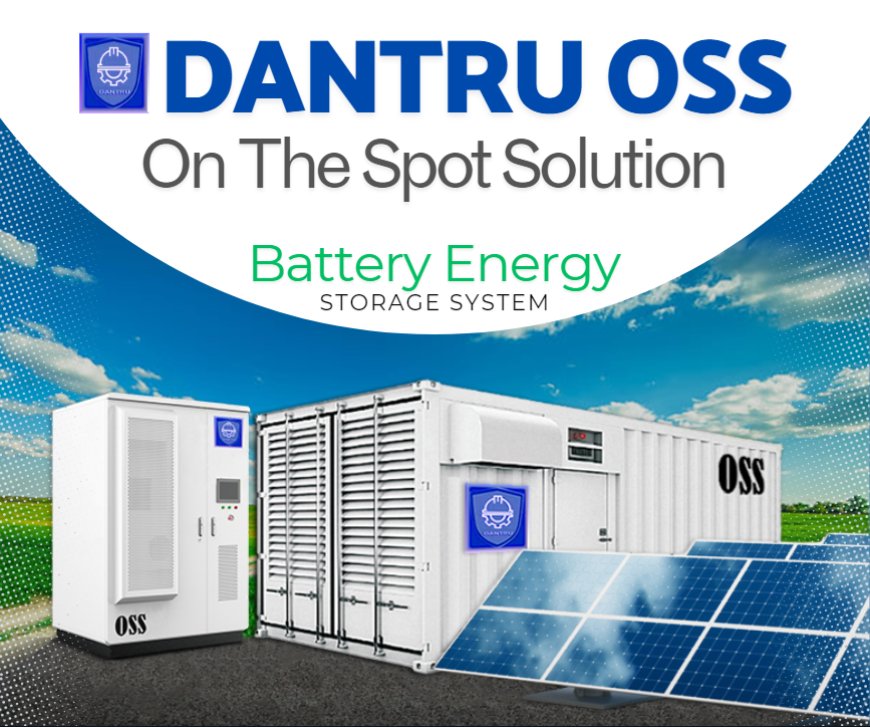Sustainable mining not an oxymoron: Lessons of Semirara
Semirara Mining and Power Corp. (SMPC) is hard evidence that the phrase “sustainable mining” is not a contradiction in terms, i.e., an “oxymoron.”

(Part 2)
Semirara Mining and Power Corp. (SMPC) is hard evidence that the phrase “sustainable mining” is not a contradiction in terms, i.e., an “oxymoron.”
This is very important to assert, especially to those young people who belong to the Gen Z or the Centennial generation who will live for at least the next 30 years because during that period in the medium-term future, coal will continue to account for at least a fourth of our energy generation. Coal is what will make possible the lowering of our energy prices, which in turn will allow us to finally build a solid manufacturing base of factories selling both to a large domestic market and to the rest of the world.
I was glad to see with my own eyes how an open-pit coal mining operation could be compatible with the sustainability of the environment. This is good news for many other islands that are rich with mineral resources that can be future sources of copper, nickel, and gold, among other precious metals. Yes, with the appropriate concern for the common good and the technical competence to find the right solutions, mining in the Philippines can be sustainable.
Semirara is a 55-square kilometer island situated in the Municipality of Caluya, Antique. It was declared as one of the country’s coal regions in Presidential Decree No. 972 or the Coal Development Act of l976, allowing the issuance of Coal Operating Contracts (COCs) for the island. Through this, SMPC gained exclusive rights to explore, extract, and develop the coal resources of the country’s largest coal deposit.
The coal mining company subsequently found it the most natural strategy to diversify into becoming a power company using coal to generate energy. It did this in the nearby City of Calaca in Batangas Province when its parent company, DMCI-Holdings, Inc., acquired coal-fired thermal power plants from the Power Sector Assets and Liabilities Management Corp. in 2009. Within the industrial city of Calaca, SMPC has been operating two 300-megawatt (MW) pulverized coal (PC) power plants since 2009 and two 150-MW circulating fluidized bed (CFB) power plants since 2016.
SMPC has cultivated a thriving economy on Semirara Island by contributing to the local communities’ sustainable development. It does this through a diversified portfolio consisting of a five E’s Social Development Program (SDP) which encompasses: Environmental stewardship, Employment generation, Economic empowerment, Education, and Emergency preparedness and resilience.
In the City of Calaca, its social contribution consists of the protection of coastal and marine ecosystems near the power complex. With the help of the various stakeholders, SMPC monitors nearby coastal and marine environments, preserving marine biodiversity. This is very important because the seas around Batangas are famous for including areas with the greatest marine biodiversity in the world. The community is constantly informed about the possible effects of the plant operations through an Information, Education, and Communication (IEC) campaign.
After all these acquisitions and expansion, SMPC is today the largest coal producer in the Philippines. Accounting for 99% of domestic production, it helps save precious foreign exchange. It operates through Department of Energy Coal Operating Contract (COC) No. 5, which exclusively authorizes it to explore, develop, and extract coal reserves in Semirara Island.
It is a most impressive sight to witness the hundreds of trucks going up and down the mine transporting the coal mixed with the earth. With its truck and shovel operations, it can produce a maximum of 16 million metric tons of coal a year.
Its coal is classified as sub-bituminous-B and is appropriate for use in a wide range of combustion facilities. It has a calorific value of 5,100 to 5,600 kcal/kg.
SMPC plays a major role in the government’s Build, Build, Build Program because it is a major supplier of coal to local power plants, cement plants, and other industrial users. Whatever excess supply it has after serving the domestic market is exported to China, South Korea, Vietnam, Brunei, and other ASEAN countries. The recent acquisition of the ownership of a Mexican cement company by DMCI Holdings has further strengthened its role in the development of the infrastructure sector of the country.
The annual spending on assets of SMPC has significant multiplier effects on both the entire nation and on the region to which it belongs. Based on data from 2017 to 2021, the company spent around P3.9 billion yearly. At this level of investment, its annual average multiplier effects are estimated to be P6.4 billion for the whole country and P103.7 billion for the region. More important than the absolute amounts of its contribution, SMPC’s operations in the island of Semirara have brought down its poverty incidence to the single-digit level, 7.3% in 2021 as compared with 18.1% for the whole nation, 19.1% for the province of Antique, and 12.8% for the municipality of Caluya.
SMPC takes very seriously the United Nations Sustainable Goals.
To continuously reduce the already low poverty incidence, it promotes technical and vocational training, subsidizes non-mining livelihood and entrepreneurial projects and buys locally as much as possible. To attain Zero Hunger, it operates an Agro Model Farm and backyard farming program; capacity building for agriculture and aquaculture; and established a poultry model farm.
For the goal of good health and wellbeing, SMPC has put in place a workplace occupational safety and health program, with a special focus on pit safety. It has learned from a thorough COVID-19 response program to be ever ready for future possible epidemics like the present threat of the mpox virus. It is closely working with the LGU on community health workers training and facilities support.
For quality education, it offers scholarship programs for undergraduates and postgraduates in education. It works with the schools in the community for blended school learning materials and e-learning support. It has a special partnership with a private educational institution, the Divine Word School of Semirara, Inc.
For gender equality, it implements in all its operations gender inclusivity, diversity, and equity, making sure that its human resource strategy includes gender-sensitive and anti-harassment policies. Its livelihood projects are always gender sensitive.
As regards the SD goal of clean water and sanitation, it is implementing an alternative water source use policy, helping the community to collect rainwater, recycle wastewater, monitor the quality of effluents, and manage groundwater.
To guarantee affordable and clean energy, it provides cost-efficient and energy-saving facilities, upgrades and subsidizes the Antique Electric Cooperative to the tune of P2.50 per kWh to benefit the ultimate consumer of electricity.
To promote decent work and economic growth, it meticulously pays taxes and royalties, implements a local procurement program through MSMEs, and respects and promotes the rights and welfare of employees.
For industry innovation and infrastructure, it takes care of maintaining and repairing the various health facilities of the island and provides the whole community access to the company IT network infrastructure.
(To be continued.)
Bernardo M. Villegas has a Ph.D. in Economics from Harvard, is professor emeritus at the University of Asia and the Pacific, and a visiting professor at the IESE Business School in Barcelona, Spain. He was a member of the 1986 Constitutional Commission.
















